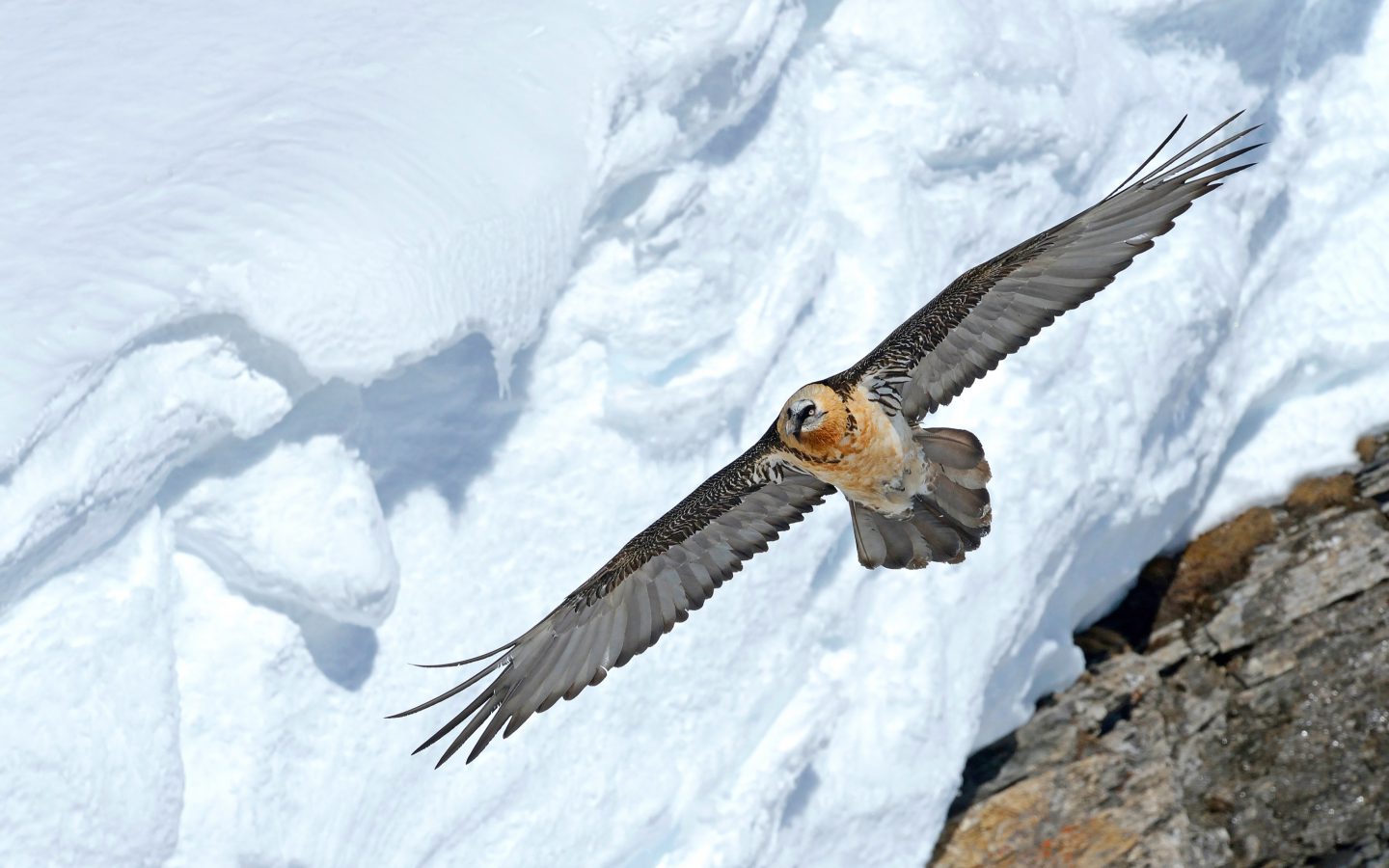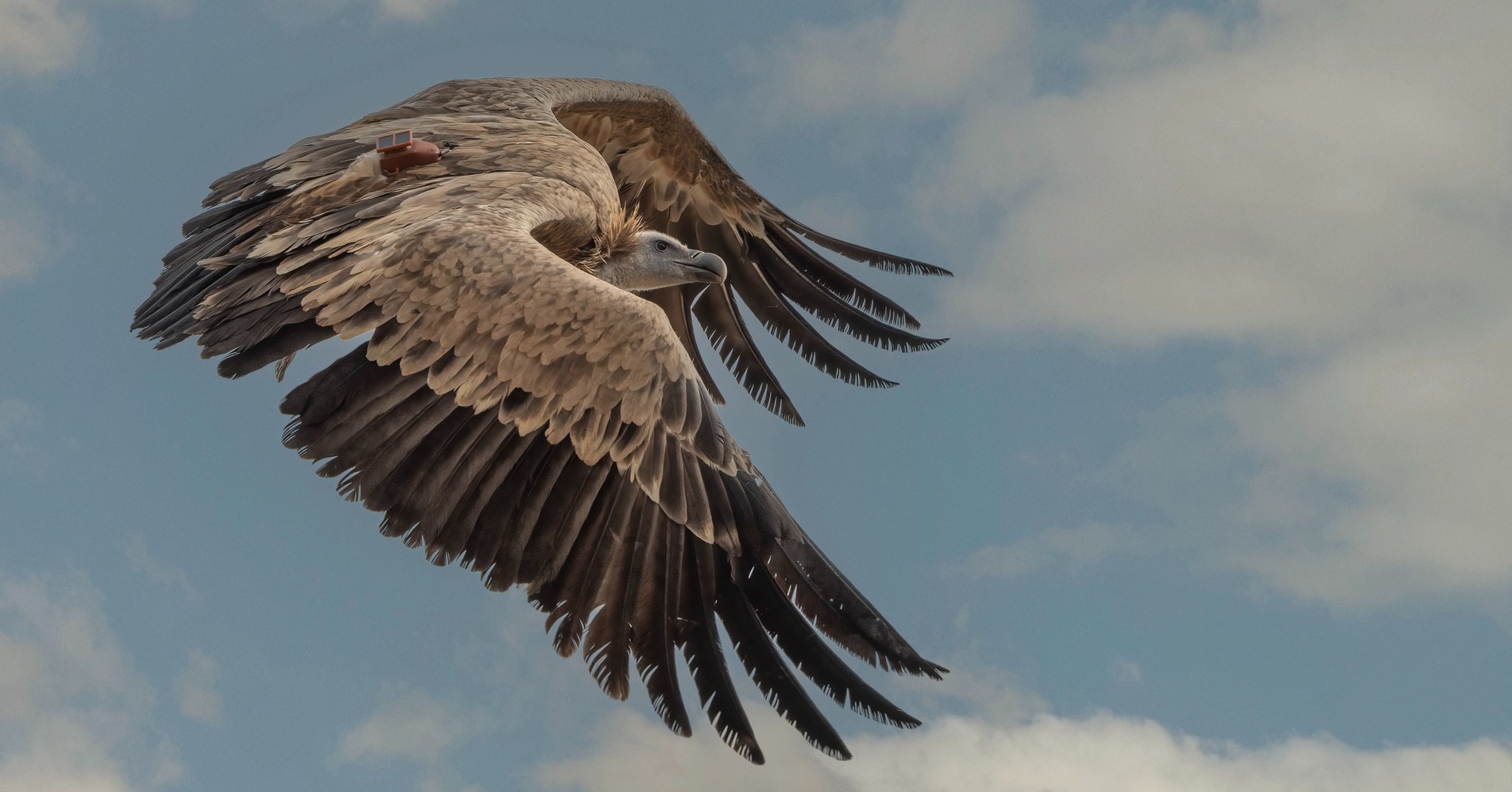Imagine a world where nature’s cleanup crew disappears. Carcasses are left to rot and ecosystems struggle to function. That is exactly what happens when vulture populations decline.
In some parts of Europe, vulture numbers have plummeted due to food shortages, poisoning, electrocution and other threats. Without intervention, many species face local extinction. That’s why restocking efforts—releasing vultures to areas where they have almost vanished—are so critical. It’s not just about saving a single species; it’s about preserving an ecosystem that depends on them.
Reintroduction and restocking: A species-specific approach
The restoration of Europe’s vulture populations relies on two key conservation methods: captive breeding and translocation. The strategy depends on the species and the availability of birds for release, but also on behaviour and survival trends.
For species with low wild populations, such as the Bearded Vulture, captive breeding programmes play a crucial role. Managed by specialists in zoos and specialized breeding centres, young vultures are raised in controlled environments and later released into the wild. One of the most effective techniques for their release is hacking, where juvenile birds are placed in artificial nests and cared for without human contact until they are ready to fledge naturally. This approach has been key for Bearded Vulture reintroduction projects to the Alps, and Andalusia, Maestrazgo, the Massif Central and Pre-Alps, and the restocking project in Corsica.
In contrast, Griffon Vultures y Cinereous Vultures, which still have healthy populations in Spain, are restored to other regions through translocation. Young, inexperienced birds rescued from distress—often suffering from malnutrition or weakness—are rehabilitated in Spanish wildlife centres before being transported to areas where vulture numbers are critically low or extinct. Once they arrive, they spend time in large aviaries to adjust to their new environment before being released into the wild. This method has been instrumental in boosting vulture populations in different parts of Europe.
Regardless of the technique used, these projects are about more than just releasing birds into the wild. They also focus on securing safe habitats, addressing the threats that led to their decline in the first place, and ensuring long-term survival through monitoring and community engagement.
Spain’s role as a vulture stronghold
Spain stands out as a remarkable conservation success story. The number of breeding pairs of Cinereous Vultures has now surpassed 3,000, and Spain is also home to around 90–95% of Europe’s Griffon Vultures, with approximately 30,000 breeding pairs.
But this wasn’t always the case. In the 1960s, vultures were treated as pests, leading to widespread persecution. It wasn’t until 1979, when they were declared a protected species, that things began to change. Over the decades, conservation initiatives helped restore their populations, proving that dedicated efforts can reverse even the steepest declines.
Spain’s success has made it a crucial ally for other European countries struggling to revive their own vulture populations. Rescued and rehabilitated vultures from Spain are now being relocated to regions where the species is critically endangered, including France, Bulgaria, Sardinia, and Cyprus.
Cyprus’ Griffon Vultures: A population on the brink

The Griffon Vulture in Cyprus is at serious risk of disappearing. Without intervention, the species could be extinct on the island within the next 15 years. A study by the Vulture Conservation Foundation found that a minimum of 200 vultures is needed for a stable population—yet today, only around 37 remain, making it the smallest vulture population in Europe.
Even if poisoning, their biggest threat, were entirely eliminated, natural recovery would take over 55 years, far too long for the species to recover on its own. Every additional vulture introduced into the wild increases their chances of survival, which is why conservationists have been working to reinforce the population.
The restocking programme started in 2012 when the population had plummeted to just 8–10 birds. The GYPAS project brought vultures from Crete in an attempt to stabilize numbers, followed by the LIFE with Vultures project in 2019, which expanded the effort. Since then, 59 vultures from Spain have been translocated to Cyprus to strengthen the population. Each bird was rehabilitated in Spanish wildlife centres, then donated by the Junta de Extremadura and quarantined at AMUS. They were subsequently transported to Cyprus by the Vulture Conservation Foundation, where they spent time in the Game and Fauna Service’s acclimatization aviary for several months before being prepared for life on the island. Before their release, they were fitted with GPS trackers to monitor their adaptation in the wild.



© Silvio A. Rusmigo
Without these reinforcements, Griffon Vultures in Cyprus might have already disappeared. But the work is far from over. The species reproduces slowly, and without continued conservation efforts, recovery remains impossible. Ensuring their long-term survival will require not just restocking, but tackling the root causes of their decline.
The LIFE with Vultures project

LIFE with Vultures is a targeted conservation project for the protection of the Griffon Vulture in Cyprus. In this endeavour, BirdLife Cyprus, the Game and Fauna Service, Terra Cypria – The Cyprus Conservation Foundation and the Vulture Conservation Foundation have joined forces to tackle the main threats facing the Griffon Vulture and prevent Cyprus’ most threatened bird of prey from going extinct. The project has a 1,375,861 Euro budget and is co-funded (60%) by the EU’s LIFE programme.




